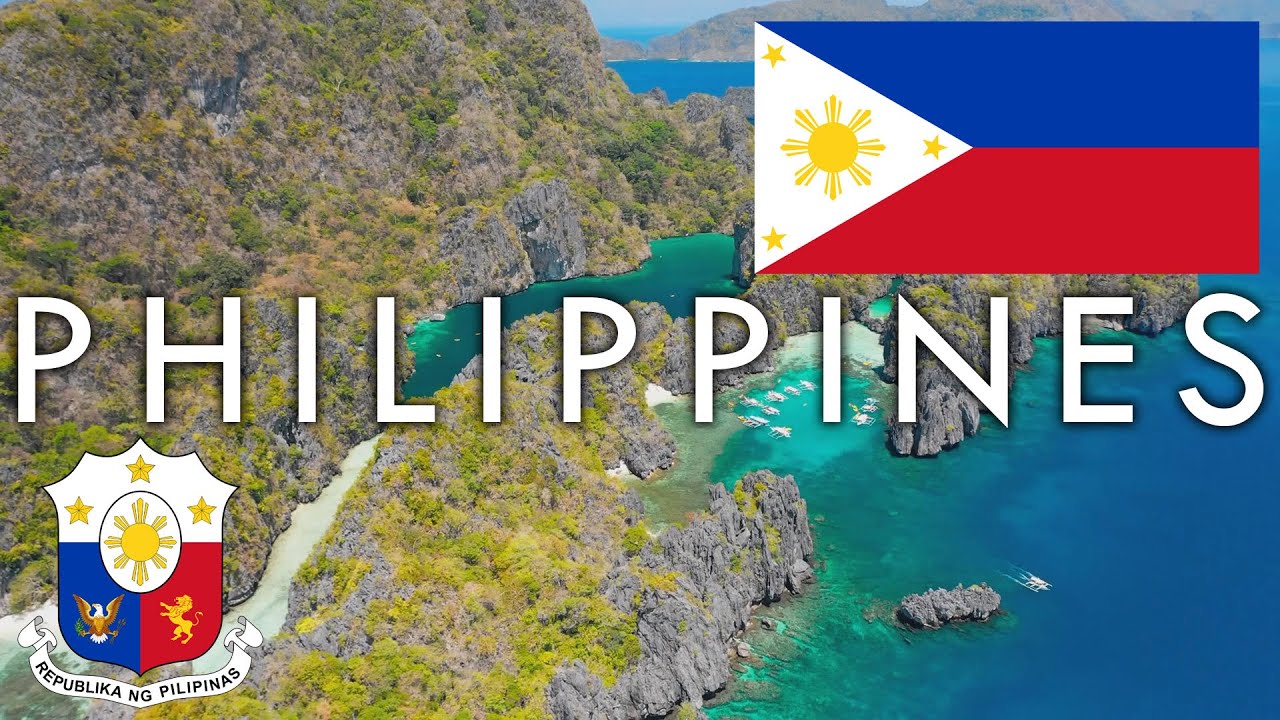When Did the History of the Philippines Begin?
Summary
TLDRThe Philippines, a nation of over 7,500 islands, is home to more than 150 ethnolinguistic groups, each contributing to its rich history. From ancient barangays to Spanish colonization, American occupation, and World War II, the country's diverse cultures have shaped its unique identity. Despite challenges, the Filipino people have shown resilience, maintaining social harmony and striving for independence. The Philippines finally achieved self-governance in 1946, showcasing the importance of diversity in building a strong and peaceful nation.
Takeaways
- 🌍 The Philippines is an archipelago of over 7,500 islands with more than 150 ethnolinguistic groups, contributing to its rich cultural diversity.
- 🏰 The country's history includes significant periods of Spanish colonization, American occupation, and the development of its present-day political structure.
- 📆 The Philippines was officially recognized as a country in 1946, despite its long history of diverse peoples and cultures.
- 🕵️♂️ Historians estimate that humans inhabited the islands as early as 40,000 BCE, with some evidence suggesting even earlier dates.
- 🌉 Ancient land bridges connected the Philippine islands to the mainland, facilitating early human migration and movement.
- 🛶 The Austronesians, an ethnic group, brought advanced maritime technology, agriculture, and their culture to the Philippines by 1000 BCE.
- 🏘️ The barangay, a small village unit, was the basic social and political structure in the Philippines, often led by village chiefs with inherited power.
- 🔄 The Barangic Phase from the 14th to 16th centuries marked a golden age for these villages, with coastal villages engaging in trade and cultural development.
- 🇪🇸 Spanish colonization began in 1521, with Manila becoming the capital in 1571, introducing a new era of foreign rule and influence.
- 🔄 The Spanish did not completely abolish the barangays but adapted them to fit their colonial governance, attempting to unify the diverse groups.
- 🗽 The United States acquired the Philippines after the Spanish-American War in 1898, leading to the Philippine-American War and subsequent American administration.
- 🏳️🌈 The Philippines gained independence from the United States on July 4, 1946, marking the end of colonial rule and the beginning of self-governance.
Q & A
How many ethnolinguistic groups are there in the Philippines?
-There are over 150 different ethnolinguistic groups in the Philippines.
When did the Philippines officially become a country?
-The Philippines officially became a country in 1946.
What evidence suggests that people were in the Philippines as far back as 770,000 years ago?
-Researchers have found evidence of people in the Philippines that most likely date from 770,000 years ago, although the exact dating of such ancient bones or artifacts can be difficult and is often debated.
Who were the Austronesians and what did they bring to the Philippines?
-The Austronesians were an ethnic group that settled in many of the islands in Southeast Asia. They brought boats, marine technology, stone tools, pottery, agriculture, and their language to the Philippines.
What was the smallest social unit in the Philippines called, and how did it start?
-The smallest social unit in the Philippines was called the barangay, which started as family units named after the boats that families used to travel together to visit other islands.
What was the Barangic Phase and when did it occur?
-The Barangic Phase was a time from the fourteenth to the sixteenth centuries when the barangays experienced a golden age, ranging in size from small villages to small kingdoms.
How did the Spanish first arrive in the Philippines and what were their initial intentions?
-The Spanish first arrived in the Philippines in 1521 in search of spices. They initially claimed to have converted 2,000 people to Christianity but were driven away by local tribes.
Why was the Spanish-Moro Wars significant in the history of the Philippines?
-The Spanish-Moro Wars, which lasted from the late 1500s to the late 1800s, highlight the difficulties the Spanish had in ruling the Philippines due to the disconnected nature of the archipelago and the resistance from the southern, mostly Muslim, islands.
What was the Philippine Organic Act and what did it aim to achieve?
-The Philippine Organic Act was a law set up by the United States to establish an interim government in the Philippines, designed to teach the Filipino people how to govern themselves and make them citizens of the Philippines.
How did World War II affect the Philippines and its path to independence?
-World War II affected the Philippines when Japan invaded the archipelago in 1941, leading to a Japanese occupation. Despite the occupation, Filipinos remained loyal to the United States, and after the war ended in 1945, the U.S. helped rebuild the country and establish its democratic government, paving the way for its eventual independence in 1946.
Why did the United States initially show interest in the Philippines?
-Historians believe the United States was interested in the Philippines primarily for its strategic military position, which would prove decisive during the wars of the first half of the 1900s.
Outlines

Esta sección está disponible solo para usuarios con suscripción. Por favor, mejora tu plan para acceder a esta parte.
Mejorar ahoraMindmap

Esta sección está disponible solo para usuarios con suscripción. Por favor, mejora tu plan para acceder a esta parte.
Mejorar ahoraKeywords

Esta sección está disponible solo para usuarios con suscripción. Por favor, mejora tu plan para acceder a esta parte.
Mejorar ahoraHighlights

Esta sección está disponible solo para usuarios con suscripción. Por favor, mejora tu plan para acceder a esta parte.
Mejorar ahoraTranscripts

Esta sección está disponible solo para usuarios con suscripción. Por favor, mejora tu plan para acceder a esta parte.
Mejorar ahoraVer Más Videos Relacionados

Philippine Cultural Heritage

The Philippines: History, Geography, Economy & Culture

A short history Revealing the Legacy: Exploring Indigenous History in the Philippines

Heograpiyang Pantao ng Timog Silangang Asya (Part 1) Quarter 1 Week 2 MATATAG Curriculum Based

Cordillera 101 | The Igorot People

Music and Arts 7 Quarter 2 Week 2.Matatag.Lesson Exemplar Based
5.0 / 5 (0 votes)
